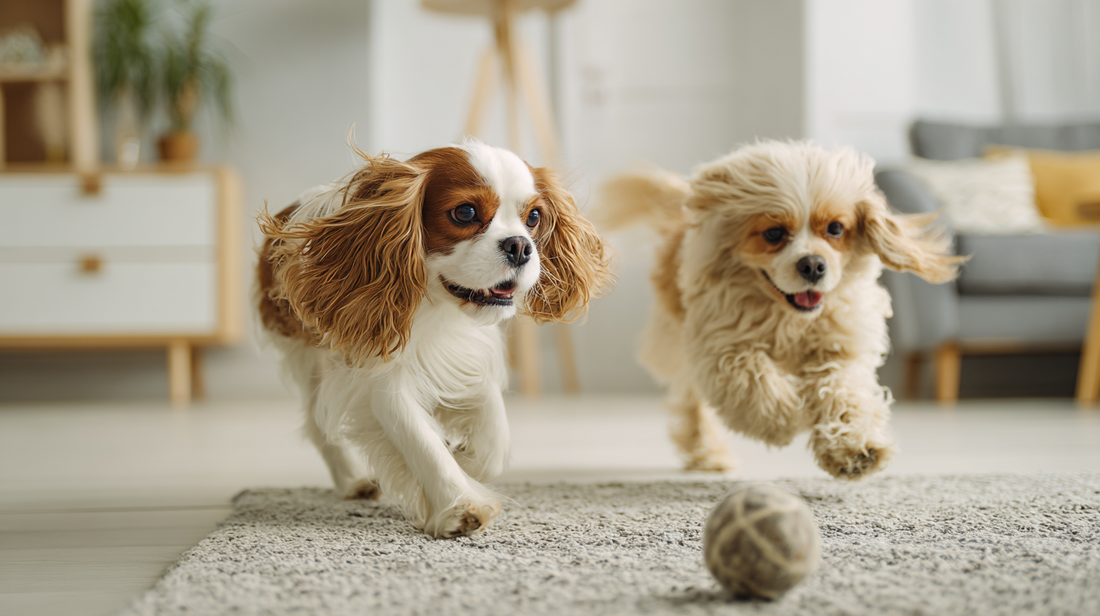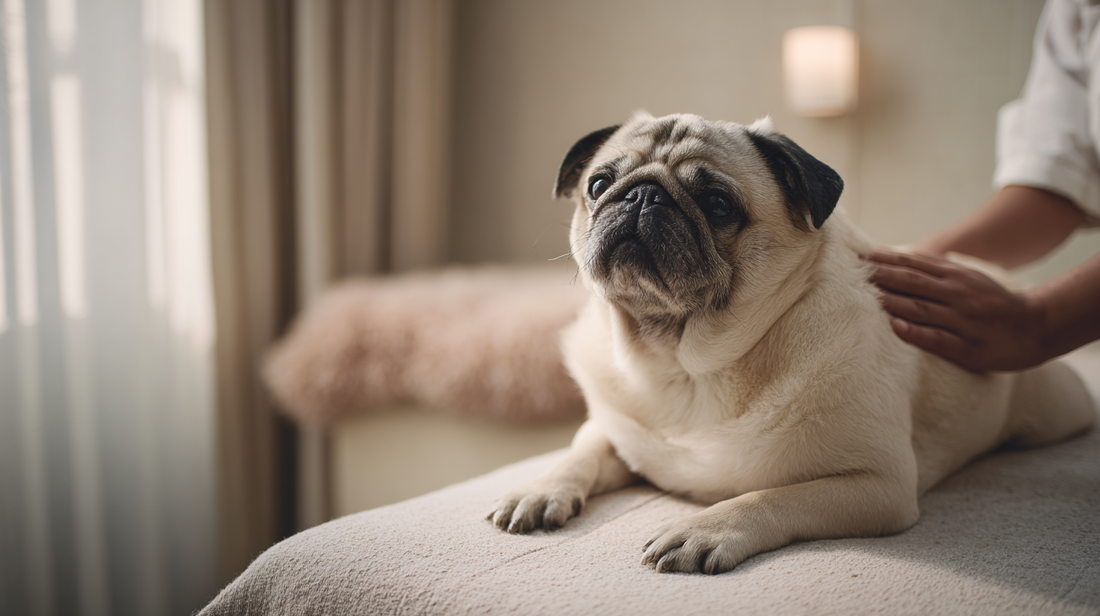Santé canine
Comment savoir si votre chien a besoin de compléments articulaires
Cet article aide les propriétaires d'animaux à identifier les signes d'inconfort articulaire chez les chiens, à comprendre les facteurs de risque tels que la race et le poids, et à savoir quand les compléments alimentaires pour les articulations peuvent être bénéfiques pour leur animal. Il présente les ingrédients clés, les étapes de l'évaluation professionnelle et une approche multimodale de la santé des articulations canines.
En savoir plusLes calmants sont-ils sans danger pour les chiens ? Décrypter la sérénité de votre animal
Cet article examine la sécurité des compléments alimentaires calmants pour chiens, en abordant les questions de réglementation, les effets secondaires potentiels, les interactions médicamenteuses et les problèmes de contrôle de la qualité. Apprenez quels ingrédients sont scientifiquement prouvés, quand les friandises calmantes sont appropriées et comment mettre en œuvre une approche multimodale complète combinant les compléments et l'entraînement comportemental sous la direction d'un vétérinaire.
En savoir plusComplément alimentaire arthrose chien : Comment soulager les douleurs articulaires de votre chien grâce à des soins fondés sur des données probantes ?
Cet article examine les options de suppléments pour chiens arthritiques fondées sur des preuves, y compris UC-II, les acides gras oméga-3, la glucosamine et le sulfate de chondroïtine. Apprenez à intégrer les compléments alimentaires pour les articulations dans un plan de traitement complet comprenant la gestion du poids, la kinésithérapie et les conseils d'un vétérinaire pour gérer efficacement l'arthrose canine.
En savoir plusArthrose chien que faire : Stratégies efficaces pour soulager la douleur et retrouver la mobilité
Cet article présente des approches vétérinaires efficaces pour gérer l'arthrose canine, notamment le contrôle du poids, les médicaments anti-inflammatoires, les compléments alimentaires pour les articulations, les régimes riches en EPA et les techniques de rééducation physique qui améliorent considérablement la mobilité et la qualité de vie des chiens souffrant de douleurs articulaires chroniques.
En savoir plusQuel est le meilleur médicament pour l'arthrose du chien : Traitements efficaces pour soulager les douleurs articulaires
Découvrez les traitements efficaces de l'arthrite chez les chiens, notamment les AINS, les thérapies avancées comme Adequan Canine, les suppléments pour les articulations, les stratégies de gestion du poids et les options de réadaptation physique pour améliorer la mobilité et le confort de votre chien.
En savoir plusArthrose chez le chien: Comment soulager la douleur pour retrouver confort et mobilité
Cet article traite des approches multimodales de la gestion de l'arthrite canine, y compris le contrôle du poids, les médicaments contre la douleur, les suppléments pour les articulations, la rééducation physique et les modifications de l'environnement qui contribuent à réduire l'inconfort et à améliorer la qualité de vie des chiens arthritiques.
En savoir plusComment enlever un tique Sur Un chien en toute sécurité : Guide complet du vétérinaire
Ce guide complet présente les techniques de retrait des tiques en toute sécurité, les outils essentiels nécessaires, les soins après le retrait et les stratégies de prévention pour protéger votre chien contre les maladies transmises par les tiques et les complications de santé.
En savoir plusComment vider les glandes anales d'un chien ?
Ce guide vétérinaire traite de l'anatomie des glandes anales, des signes avant-coureurs de problèmes, des techniques d'expression sûres et des stratégies de prévention. Apprenez quand il est préférable d'essayer de soigner votre chien à la maison plutôt que de demander l'aide d'un professionnel pour son confort.
En savoir plusSymptômes de la fièvre du chien : Guide vétérinaire pour les propriétaires d'animaux
Ce guide vétérinaire explique comment reconnaître les symptômes de la fièvre chez les chiens, y compris les changements de comportement, les signes physiques, les techniques sûres de mesure de la température, et quand des soins professionnels immédiats sont nécessaires pour la santé de votre animal.
En savoir plus








